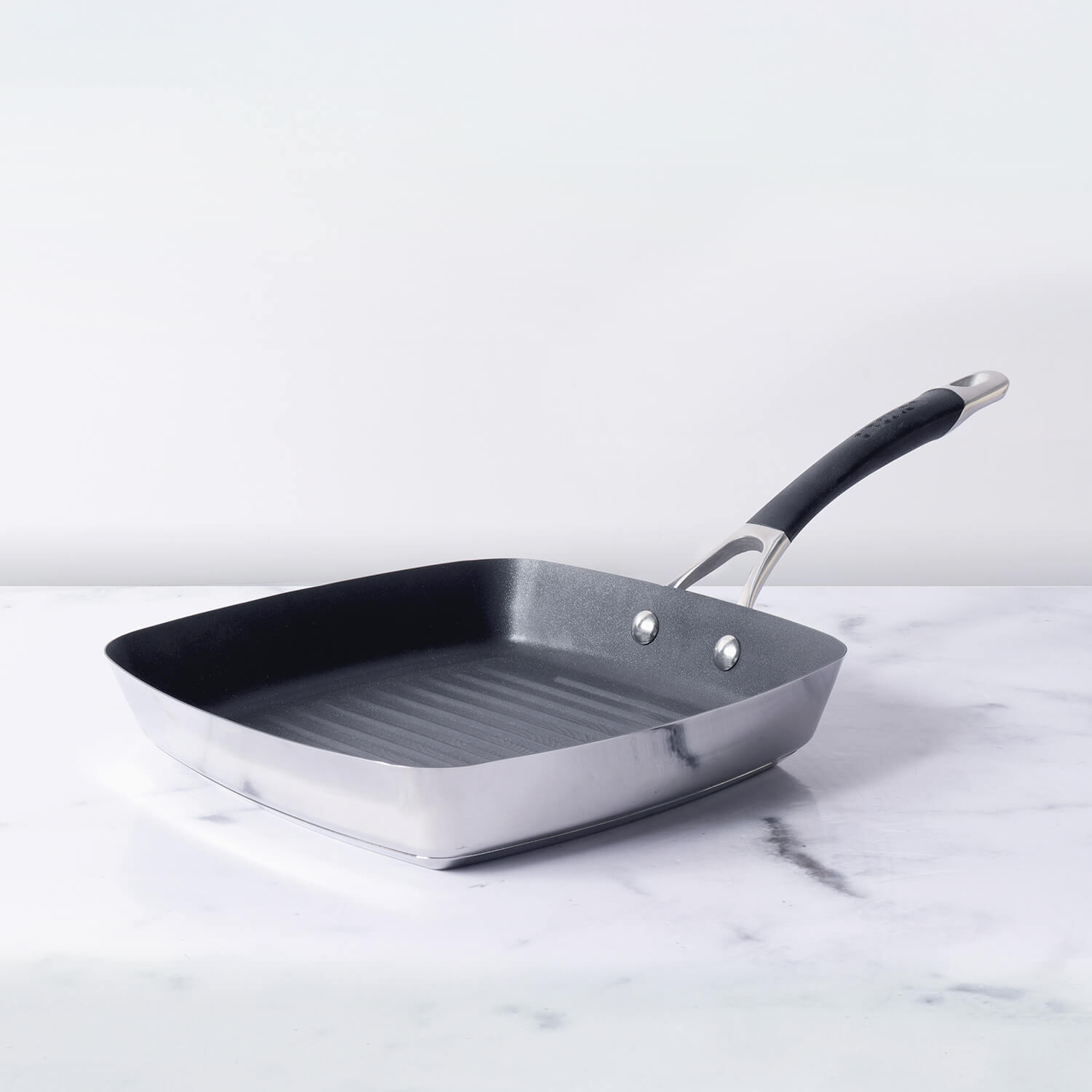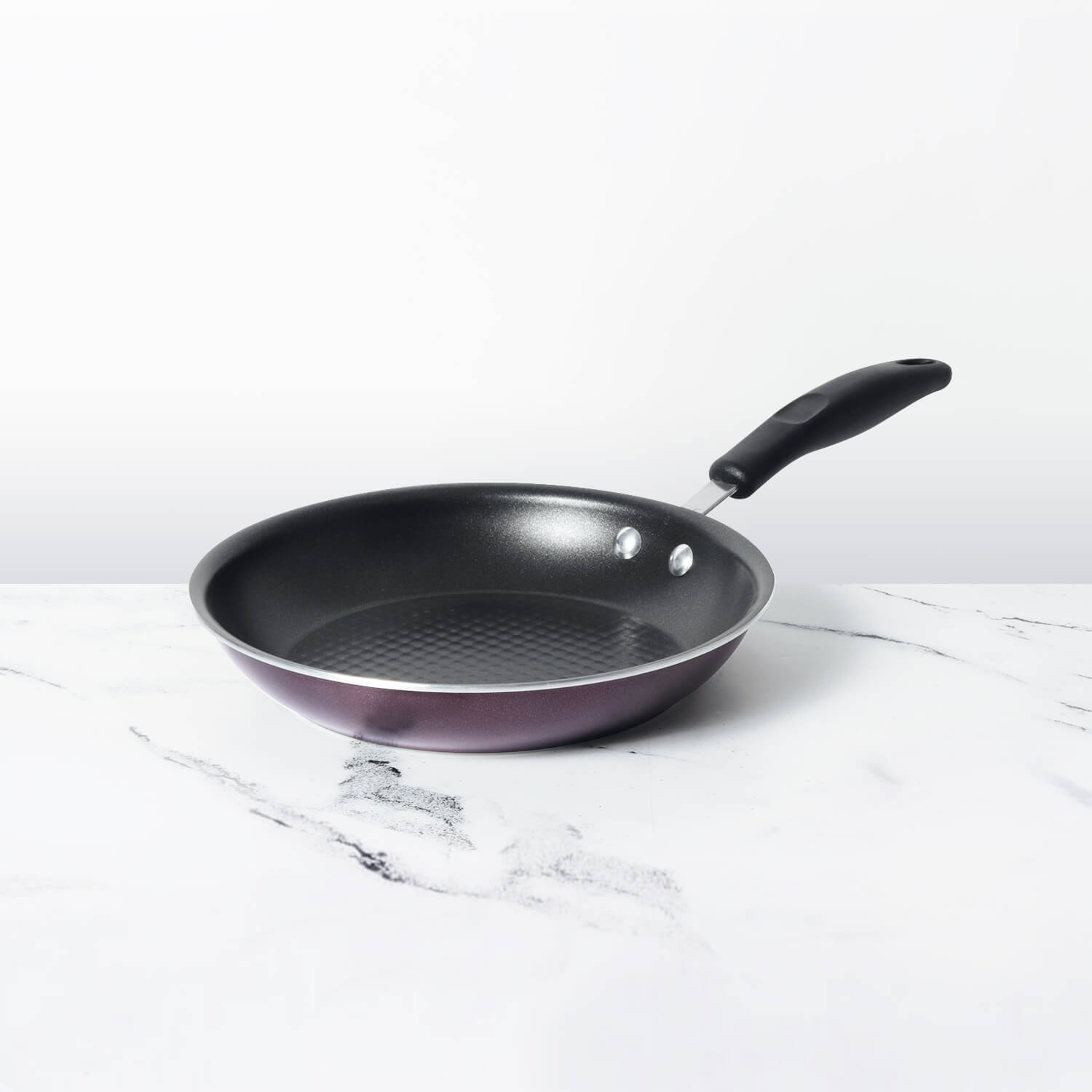With the growing popularity of induction stoves, many home cooks and professional chefs are looking for cookware that is compatible with this modern cooking technology. Pressure cookers, known for their ability to cook meals quickly and efficiently, are no exception. However, not all pressure cookers work on induction cooktops, so choosing the right one is crucial. In this guide, we will explore the features, benefits, and key considerations for selecting the best pressure cookers for induction stoves.
Table of Contents
Understanding Induction Cooking
Induction cooking uses electromagnetic energy to directly heat cookware, making it faster and more energy-efficient than traditional gas or electric stoves. Unlike gas stoves, which heat cookware through a flame, induction cooktops require pots and pans made from magnetic materials like stainless steel or cast iron. If a pressure cooker does not have a magnetic base, it will not work on an induction stove.
Key Features of Induction-Compatible Pressure Cookers
When shopping for a pressure cooker that works on an induction stove, keep these features in mind:
1. Induction-Compatible Base
The most important requirement for an induction-compatible pressure cooker is a base made of ferromagnetic materials. Look for:
-
Stainless steel with an encapsulated base – Ensures even heat distribution and compatibility with induction.
-
Triply or multilayer construction – Enhances durability and efficiency.
-
Cast iron or hard-anodized aluminum with a stainless steel base – Ensures induction compatibility while retaining heat efficiency.
2. Fast and Even Heating
Since induction cooktops heat the base of the cookware directly, an ideal pressure cooker should have a thick, multi-layered base to distribute heat evenly and prevent hotspots. This ensures uniform cooking and prevents food from burning.
3. Energy Efficiency
Induction pressure cookers heat up quickly, reducing cooking time and energy consumption. A well-designed induction-compatible pressure cooker can save up to 50% more energy compared to traditional stovetop models.
4. Durable Construction
Pressure cookers for induction stoves should be made from high-quality materials like stainless steel or triply steel, which offer superior durability and resistance to rust and corrosion. Unlike aluminum, which is lightweight but not induction-compatible on its own, stainless steel ensures long-lasting performance.
5. Safety Features
Modern pressure cookers come with advanced safety mechanisms, which are essential when cooking under high pressure. Look for:
-
Pressure release valves – Helps regulate steam release safely.
-
Locking lids – Prevents accidental opening while under pressure.
-
Gasket release system – Ensures that excess pressure is released safely.
6. Size and Capacity Options
Pressure cookers come in various sizes, ranging from 1.5 liters to 10+ liters. When selecting one for induction cooking, consider:
-
Small (1.5–3 liters) – Ideal for singles, couples, or small meals.
-
Medium (4–6 liters) – Suitable for small families or everyday cooking.
-
Large (7–10+ liters) – Best for large families, batch cooking, or heavy-duty use.
Benefits of Using an Induction Pressure Cooker
1. Faster Cooking Time
Induction stoves heat cookware instantly, reducing preheating time and speeding up the pressure cooking process. This makes induction-compatible pressure cookers an excellent choice for busy kitchens.
2. Energy Savings
Since induction cooktops heat only the cookware and not the surrounding air, they are more energy-efficient than gas or electric stoves. A well-designed induction pressure cooker maximizes this efficiency.
3. Even Heat Distribution
Induction cooking ensures uniform heat distribution across the base of the pressure cooker, reducing the chances of uneven cooking or food sticking to the bottom.
4. Safer Cooking Environment
Induction cooking eliminates open flames, reducing the risk of kitchen accidents. Induction-compatible pressure cookers enhance safety with built-in pressure control mechanisms.
5. Retains Nutrients and Flavor
Like all pressure cookers, induction models help retain nutrients and flavors by cooking food quickly with minimal water loss. This results in healthier, tastier meals.
Meyer Select Stainless Steel Frypan 28cm
How to Choose the Best Induction Pressure Cooker
To select the right induction-compatible pressure cooker, consider these factors:
1. Material
-
Stainless Steel – Durable, corrosion-resistant, and induction-friendly.
-
Triply or Hard-Anodized – Ensures efficient heat distribution and long-lasting use.
2. Compatibility Check
Check if the pressure cooker has an induction-compatible symbol on the packaging or product description. If unsure, test it with a magnet—if the magnet sticks to the base, it will work on an induction stove.
3. Ease of Maintenance
Look for a pressure cooker with easy-to-clean surfaces, dishwasher-safe components, and replaceable gaskets for long-term convenience.
4. Additional Features
Some induction pressure cookers come with bonus features like:
-
Multi-pressure settings for different cooking needs.
-
Stay-cool handles for safe handling.
-
Glass lids for use as a regular cooking pot.
Conclusion
Choosing the right pressure cooker for an induction stove ensures fast, efficient, and safe cooking. Stainless steel and triply pressure cookers are the best choices due to their durability, even heat distribution, and induction compatibility. When selecting a model, focus on size, safety features, and brand reputation to find the perfect fit for your kitchen.
With an induction-compatible pressure cooker, you can enjoy quick, energy-efficient, and hassle-free cooking every day!
MORE FROM BLOG
Top Collections
A Guide to Different Types of Pressure Cookers: From Multi-Cookers to Canning Pressure Cookers
2 Items












Leave a comment